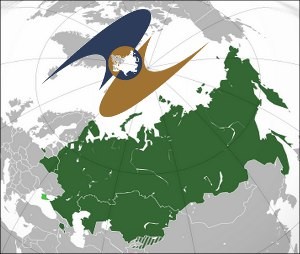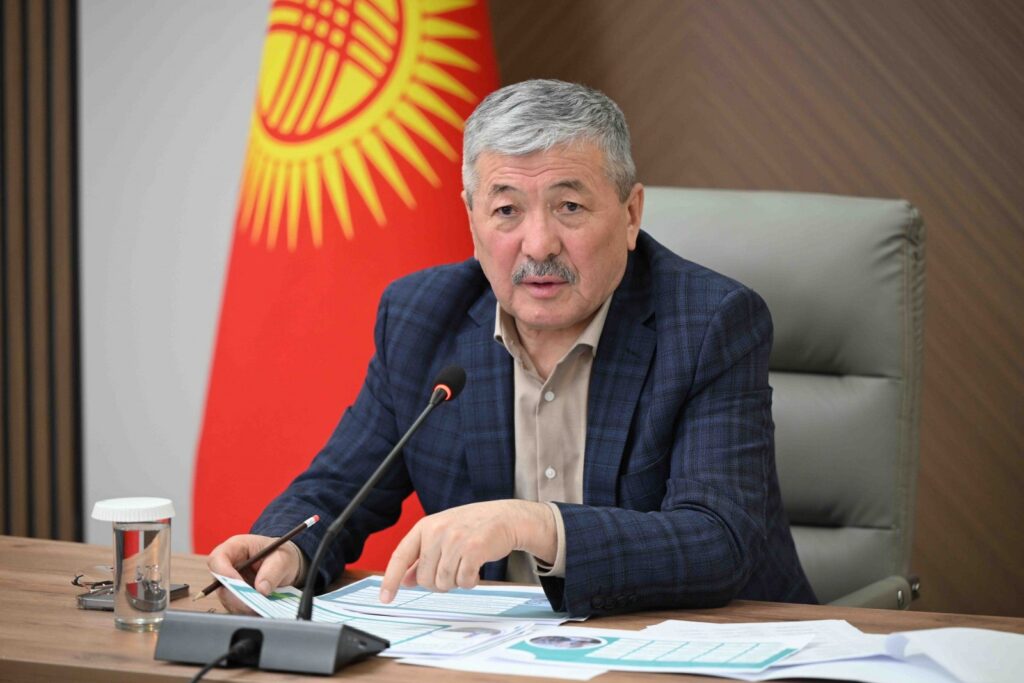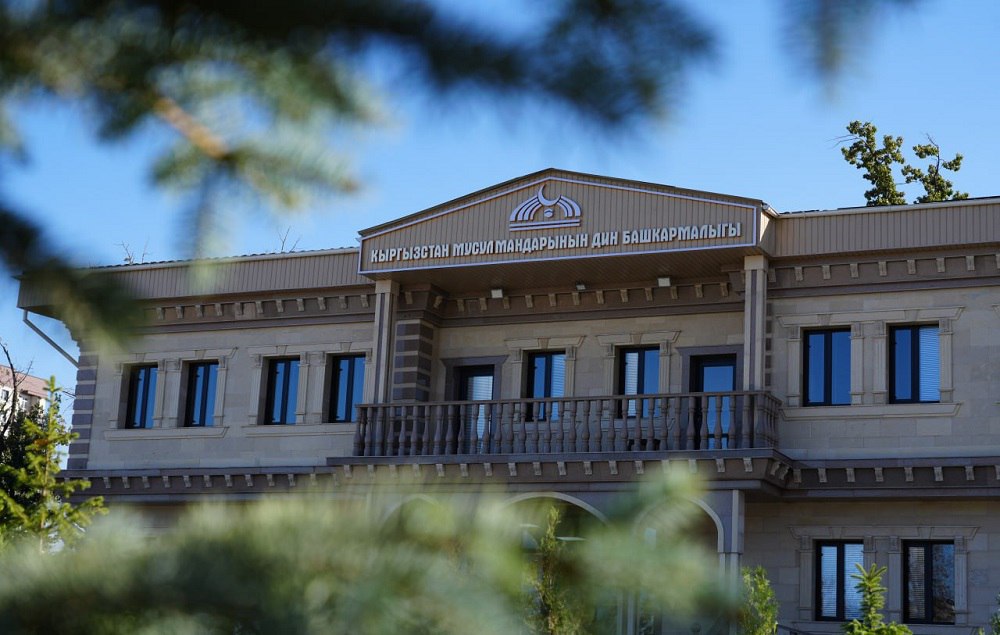BISHKEK (TCA) — Without ensuring lower inflation, securing trust for the national currencies, decreasing dollarization, and devising responsible fiscal policies, any further efforts to coordinate monetary policies in the Eurasian Economic Union (EEU) will be inefficient, a new study says.
Eurasian Development Bank’s Centre for Integration Studies and the Macroeconomic Policy Department of the Eurasian Economic Commission (EEC) have conducted a research titled Monetary Policy of EEU Member States: Current Status and Coordination Prospects. The main objective was to analyze monetary policies in the EEU countries since the Treaty on the Eurasian Economic Union provides for deeper economic integration, including in the form of coordinated macroeconomic and foreign exchange policies.
EDB experts point out that foreign exchange and monetary policies in the EEU countries are very different. This suggests that, to coordinate them, a common policy objective as well as achievement mechanisms will need to be devised.
The main purpose of monetary policies is to achieve and maintain inflation at a low and stable level. In this regard, central (national) banks have made a step towards coordination: the announced mid-term inflation targets have been narrowed to a significant extent. (The average inflation targets in the EEU member states are as follows: Armenia 4%, Belarus 5%, Kazakhstan 3-4%, Kyrgyzstan 5-7%, and Russia 4%). In addition, most EEU countries have announced plans to make transition to inflation targeting with a flexible exchange rate; yet, their approaches differ.
The barriers to boosting the efficiency of monetary policies in some EEU countries include high dollarization, high and volatile inflation rates, significant inflation and devaluation expectations, weak financial sector, the existence of shadow economies, the economies’ dependence on labor migrants’ remittances, low economic diversification, and dependence on external price shocks. Without solving these problems, it would be difficult to deepen monetary coordination, the report says.
One of the conditions for improving the efficiency of monetary policy coordination is to gradually match incomes in poor and rich countries, or ensure convergence between them. The analysis has shown that incomes in the EEU countries tend to converge, but these processes are not uniform and involve not all members of the union at a time. Among Belarus, Kazakhstan and Russia there is a catch-up convergence in PPP GDP per capita (Kazakhstan and Belarus gradually close the gap with respect to the Russian indicator). The pace of this process may be considered as average. Armenia has also been gradually bridging the gap with Russia in terms of PPP GDP per capita but very slowly. Kyrgyzstan, with its initially very low per capita income, demonstrates practically no convergence with the EEU leading member states.
One of the first steps to improve the efficiency of monetary policy coordination in the EEU countries can be the imposition of common price-stability targets. This step seems reasonable for a number of reasons. First, the imposition of common price-stability targets (and, as a result, the maintenance of stable inflation rates) can help to decrease dollarization. Second, if central (national) banks in the EEU countries will maintain low inflation rates, interest rates in the EEU economies will also converge and this will have a positive effect, in particular for smaller EEU economies.
High dollarization is a significant problem for monetary coordination in the EEU. It affects the efficiency of monetary policies and limits governments’ capability to manage macroeconomic indicators. The member states with highly dollarized economies remain significantly exposed to external shocks. Therefore, the improvement of monetary coordination cannot be imagined without low dollarization and high trust of the economic agents in the national currencies. The best way to improve trust in a national currency is to ensure the stability of its purchasing power, i.e. persistently low inflation backed by a free and moderately volatile exchange rate, the report concludes.








